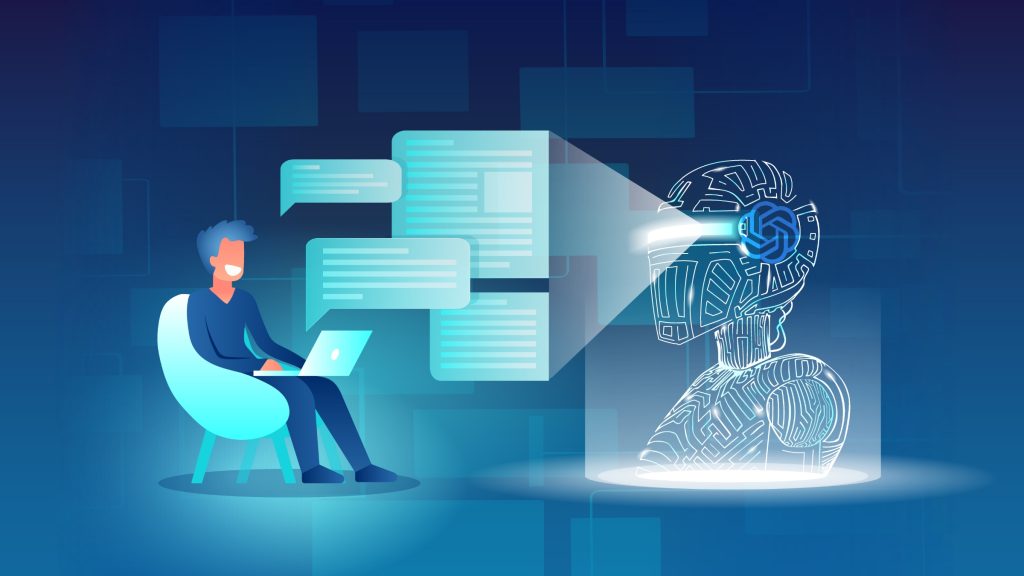
OpenAI has unveiled a new tool aimed at detecting students using ChatGPT to do their essays and their research papers, according to the Wall Street Journal.
The new tool has been in development for around two years, according to WSJ. Despite being ready to be launched, OpenAI has yet to announce its release date as it is currently considering the potential impact of using the watermarking technique to spot AI-generated content.
The watermarking works by finely changing the method in which ChatGPT constructs text and generating an undetectable pattern in the text, which a separate tool to detect that is the sign that the text was authored by ChatGPT.
Transparency VS User Experience on New Tool
According to a statement made by a spokesperson from OpenAI to TechCrunch, “The text watermarking technique we’re developing is technically promising but has important risks we’re weighing while we research alternatives.”
There are several concerns that the technology could have inconsistent effects on those who don’t have English as their first language, but also that this could be sidestepped by those who actually do want to cheat.
OpenAI, focusing on the promise of transparency and users’ comfort a high priority, has faced a debate about this tool. The AI company has conducted a survey targeting ChatGPT users, which revealed that nearly a third of them may be distracted by anti-cheating technology.
What was once a problem has given way to high-level internal debate as OpenAI considers its objectives of openness and user retention.
The approach is different from earlier attempts at detecting AI-generated text, which have generally suffered because of a lack of accuracy. Moreover, an AI detector tool launched last year by the company was ignored later on because it showed a “low rate of accuracy.”
This new watermarking method is said to be much more accurate, because it detects only text created by ChatGPT.
While the watermarking tool has a high possibility to provide a high rate of accuracy, most experts are afraid that this watermarking would easily overcome. After the covering of the new tool by WSJ, update OpenAI has made an update to its blog post published on May,7,2024 about detecting AI content, stating that though the text watermarking technique “has proven to be highly accurate and effective against localized changes, such as paraphrasing,” it was “less effective against broader modifications” such as translation tools, rewording with other AI models or inserting and then removing special characters.
Final Thoughts
Although OpenAI is very cautious about its release, the newest watermarking tool, dedicated to catching cheating students using ChatGPT, is a truly great step toward solving a deep problem in the field of technology, more specifically AI misuse.
On a brighter side, this new tool may be able to provide one solution, or another, to the growing problem of AI-driven academic cheating, hence helping to ensure that students submit original work to the educator. It is also a tool for preserving transparency in the domain of education when the world is fast turning into a digital platform.
On the darker side, however, watermarking will remain limited given that technology is continually changing, hence, students may still find a way to get over it and use the chatbot without detection.
Inside Telecom provides you with an extensive list of content covering all aspects of the tech industry. Keep an eye on our Intelligent Tech sections to stay informed and up-to-date with our daily articles.